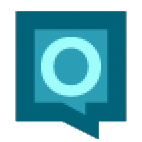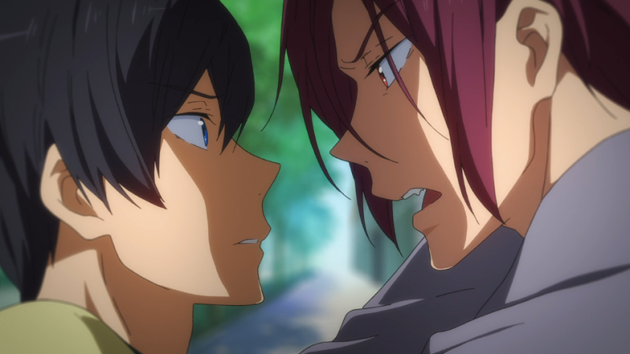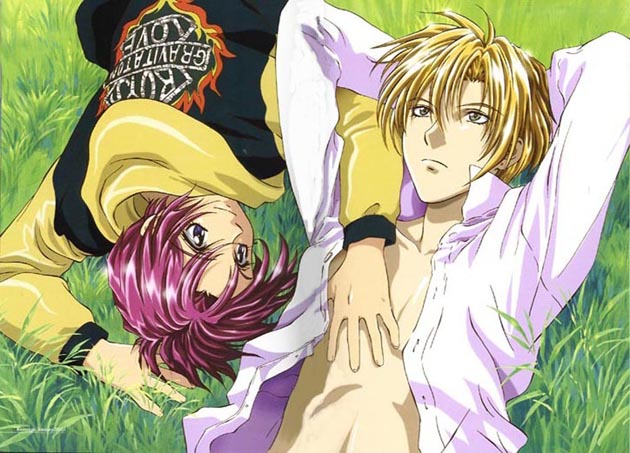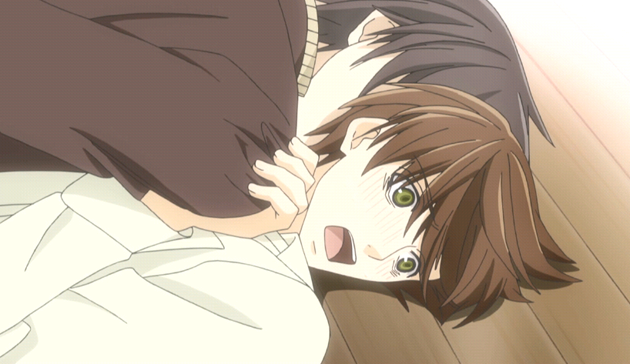This month, anime bloggers dragged Crunchyroll’s name through the mud. But CEO Kun Gao couldn’t be more thrilled.
“In no other part of the entertainment business would you find such passionate fans who care so much about supporting the industry,” Gao told me. “I absolutely think their hearts are in the right place.”
I Skyped with Gao this week to chat with him about a viral blog post, Crunchyroll: Is it worth subscribing? The post posits that pirating anime (and then hopefully buying the DVD afterward) would be a better way to support the industry than buying a Crunchyroll membership. But, as the blogger told me on Twitter, they weren’t able to get in touch with Crunchyroll to verify.
I went down the list of assumptions with Gao, and learned quite a few things about Crunchyroll that I never knew before. Here are six of them:
Most of your money goes straight to the industry
Gao couldn’t reveal to me how much of your Crunchyroll payment goes back to anime publishers because of nondisclosure agreements. But he did say that publishers are “ecstatic” about the revenue they receive, and that publishers probably wouldn’t agree to work with Crunchyroll in such large numbers if they were getting such a bad deal.
“This season, we have over 40 simulcasts—more than we’ve ever had. And most of those shows are coming from repeat publishers who’ve been with us from day one. Publishers get the majority of the money [from your subscription] and they’re very happy with what they’re getting.”
The thing is, Crunchyroll makes revenue in a lot of different ways aside from your subscription payment, or ads if you have a free account. That frees up the money you give to Crunchyroll to go right back toward the industry. Basically, hiring more employees and other business costs don’t take away from the portions that anime publishers receive.
You vote with your views
Seventh Style’s blog posts assumes that Crunchyroll splits your subscription payment between all 400+ shows it offers. But the reality is far more interesting than that.
“If you watch just Naruto, your subscription money goes toward supporting that show. If you watch more than one show, the money is split proportionately among those shows depending on which ones you watch the most,” said Gao.
So if you’re watching Kill La Kill 75 percent of the time and Golden Time the other 25 percent, that means Kill La Kill’s publisher gets 75 percent of your money. On Crunchyroll, the more anime you watch, the more publishers you support.
Crunchyroll tries to license everything
Inspired by a Twitter follower, I asked Gao how Crunchyroll picks which shows to license and stream. The answer: whatever they can get.
“Our licensing approach is very straightforward. We make an offer on every single title,” he said.
Of course, it’s not that easy. Crunchyroll has to pay up front and hope it gets the title—for every title it makes an offer on. So if you’re trying to “follow the money” with Crunchyroll’s revenue, this is one of the major places you might end up.
It’s a former fansub site made good
I knew this fact, but I didn’t know the whole story. Gao said that he and his partners started the site in 2006 to be like “YouTube” for Asian TV, and invited fans to upload their favorite shows, minus the license. But a few months later, they traveled to Japan to try and change that.
At first, publishers were reluctant, and didn’t see the value in bringing shows online.
“When we first started, publishers doubted anime viewers would pay online to support the anime industry,” he said. “We showed them that anime fans are decent people willing to support the anime industry directly by subscription or ad support and that piracy is really a last resort for when they really love the content but can’t get it any other way.”
Miraculously, TV Tokyo, the largest anime publisher in the world, accepted Crunchyroll’s offer. Shortly afterward, Crunchyroll went, as Gao said, “from YouTube to Hulu overnight,” streaming only the shows they had licensed and removing everything else.
Fewer than 10 percent of users are subscribers
I wasn’t surprised to hear that the male-female Crunchyroll user split is about 50-50. Or that a bit fewer than 50 percent of users are international, from Latin America, Spain, Portugal and France. But I’ve been a subscriber since 2010, and I had no idea how unusual that was.
Out of Crunchyroll’s 10,000,000 monthly visitors, only 200,000 or so actually pay for the service. That means more than 90 percent never give Crunchyroll any money. That’s not a problem for Gao or the anime industry, however. The ads free members see make up the difference, so publishers earn just as much as they would with subscribers.
Comparing Crunchyroll to DVDs is like “apples and oranges”
Even if you agree that supporting Crunchyroll is supporting the anime industry, how do you know that you couldn’t be a better consumer by buying DVDs and Blu-rays? According to Gao, it’s not really something you can compare.
“For each DVD, publishers might see a few dollars at most just because there are so many middlemen. Half of it goes to Best Buy or Amazon. The distributor only gets half or less. DVDs are just one more way to support the industry.”
But if you prefer DVDs to digital streaming, Gao says to go for it. The point is that you care about supporting anime publishers, and you’re actively doing something about it.
“I don’t think it makes sense to tell fans to do digital, to do DVDs, as long as they do commit dollars knowing they’re supporting the industry,” he said.
For me, Crunchyroll is worth it. But at the end of the day what matters is that we’re supporting the anime industry in any way we can. What’s your preferred method of consuming anime?
(Photo via ReviewFix.)









